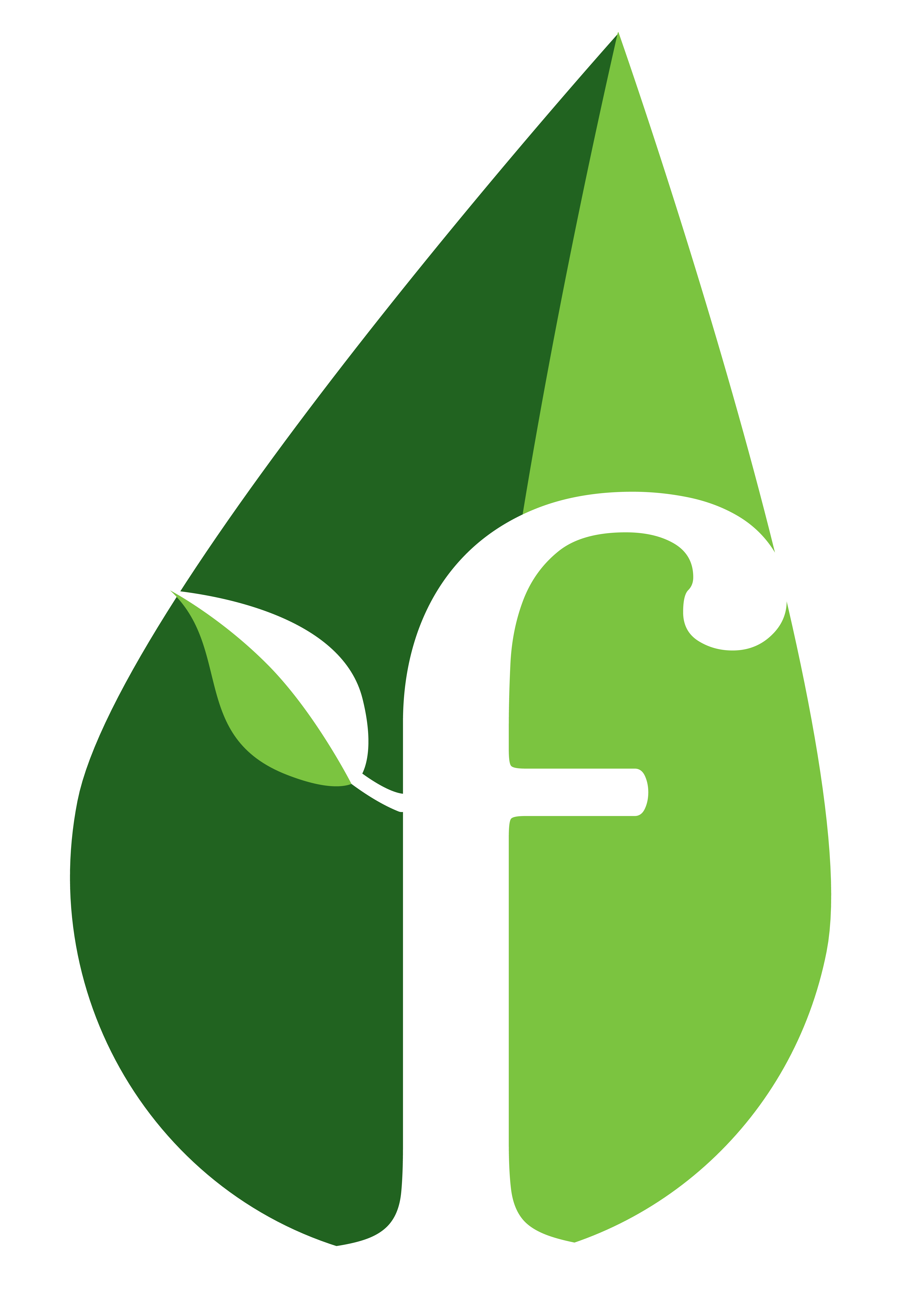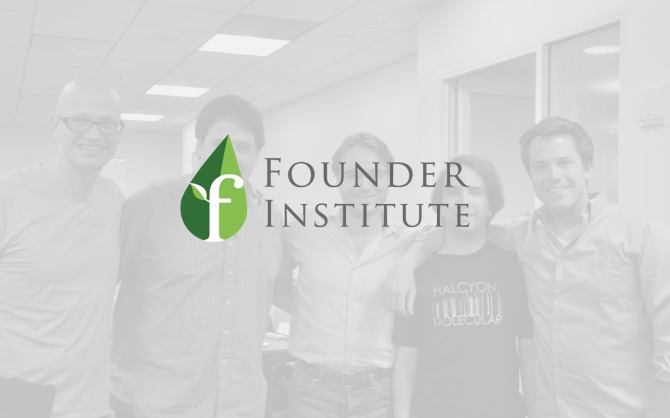
The Founder Institute hosts several free Startup Bootcamp events in cities around the world, to help aspiring local entrepreneurs to improve both their startup ideas and pitch, and to meet co-founders (see the list of currently scheduled events here).
Last week we hosted a Startup Pitch Bootcamp event in Brussels, and FI Graduate Christoph Philemotte wrote a blog post sharing the biggest takeaways he had from the event. Christophe is the Co-Founder of 8th Color (along with fellow FI Grad Martin Van Aken), which is developing a developer talent management tool that helps employers assess the skills of their developers without by automatically analyzing their source code.
You can read the full article on the 8th Color blog here. Below is an excerpt;
"Last Wednesday, I attended the Founder Institute's Brussels Startup Pitch Bootcamp. The speakers were Filip Tack, an FI mentor, and Pieter Dubois, an FI graduate. It was an opportunity to look behind and observe how far I’ve come since my first pitch lesson in June 2011 (which was incidentally also at an FI bootcamp).
Practice, always.
Filip’s presentation was similar to the one I saw last, in September 2011. Same advice, same good examples, same honest sharing of personal experiences. But this time, I listened to him from another perspective: “I repeated my pitch all the time, even in my car.” I did that as well, because the only way to become good is to practice, repeat, and rehearse, again and again. You become good by pitching, not by hoping it will happen. The first time I pitched, I was very bad and people didn’t understand what I was trying to communicate. Today, I’m still practicing, because you can always get better. As Filip said, "you’re still learning even after 10 years of practice."
That means it’s important to repeat often, but also to practice under real conditions. So, anytime I have the opportunity to do it, I pitch, especially if it’s not in a crucial moment: for instance, with friends, or a friendly, experienced entrepreneur. These are all opportunities to train my pitch, try some variations, and refine it by getting feedback.
Get attention first, then ask.
As Filip explained, the purpose of pitching is to communicate a message and get attention to go one step forward. You always want to ask them something. Depending on who, when, and where, it could be simply to get their business card, to get lunch together, or to schedule a call.
You’re not pitching your product.
Because you’re the one pitching, you’re the vitrine - you’re pitching yourself - as Pieter explained. You want people to remember you and your project, but you’re the first and only thing people get to see up front. If you seem boring, they will not want to learn more.
For this reason, I’ve worked a lot on the flow, the tone, and the attitude when pitching. The only way for me to practice this is to learn the pitch by heart, and then rehearse it before a mirror or on video. It’s not just acting - I really try to put myself in a mind state where I show that I fully belief in my product.
Target your audience.
You are not pitching a wall. It’s important to not forget your audience, as Filip reminded us. You don’t pitch a business angel as you pitch a potential cofounder. You may need to adapt if someone interrupts you with: “oh, it’s just like Vooza“. Better, you want to use this information to show you’re also listening.
Pitching is not about pitching, it is about creating a conversation.
That’s why after a certain time, I’ve started to build pitch blocks: small pieces of texts, introductions or sentences that fit a particular audience or circumstance. Those blocks help me to build my pitch on the moment depending on the audience, and how they react or answer.
The fallback pitch.
The one sentence pitch, as the Adeo Ressi has designed, is the first version you have to create. It’s simple and short, and contains enough information to create interest in most situations even if it’s a sales pitch. It is tried and true, and I know I can always fall back to it.
For instance, recently I decided to improvise, using a totally new pitch. I’ve received in response: “Sorry, I don’t understand it at all”. I apologized and quickly switched to the one sentence version. and then the person finally understood it and asked me some interesting questions.
Sharpen your pitch and design your business.
Beyond that, the one sentence pitch is built with all the important parts composing your business model: the target, the problem, the solution, and your unique value proposition that differentiates you from others. If you’re unable to build a good and coherent one sentence pitch, maybe your business is not clear enough, even for you. In my honest opinion, it’s totally in the philosophy of the Nicolas Boileau‘s quote:
"Whatever is well conceived is clearly said, And the words to say it flow with ease."
It’s really a great tool that I used to test our business model at the beginning and challenging it with peers, advisors, or other mentors. That’s why, I’ve realized, it’s important to be concrete and specific, because the pitch is the communication of the business model. It doesn’t have to embrace the whole vision, it just has to help someone get a good representation of the business.
Those are my learnings for this first year of pitching practice. What are yours?"



